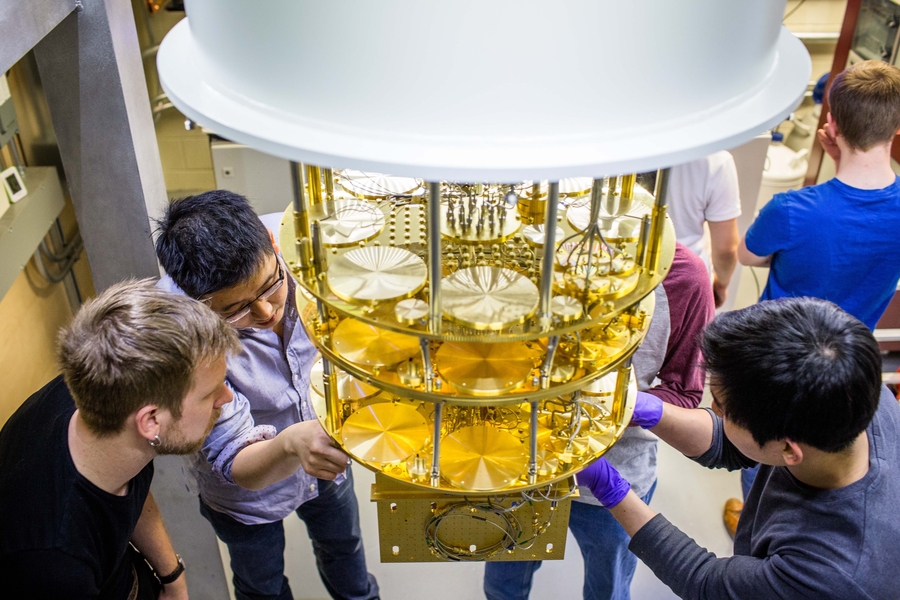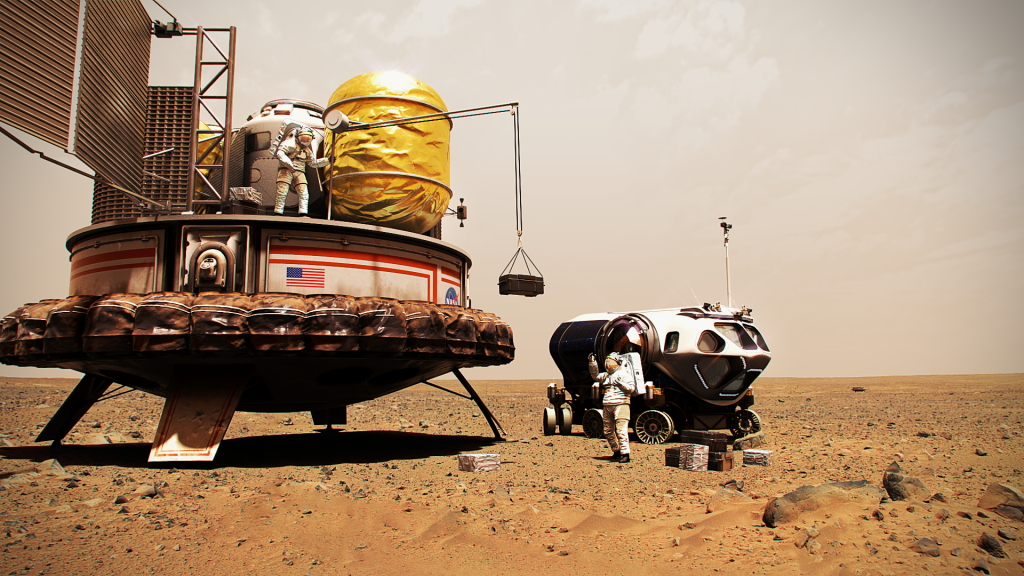"The First Quantum Computer: A New Dawn in Computing"

In the world of technology, few milestones are as revolutionary as the creation of the first quantum computer. Unlike classical computers that rely on bits (0s and 1s), quantum computers harness the strange, powerful principles of quantum mechanics to perform calculations at unprecedented speeds. But what exactly was the first quantum computer, and why does it matter? Let's explore the origins, functionality, and significance of this groundbreaking innovation.
¿What Is a Quantum Computer?
A quantum computer uses quantum bits, or qubits, which can exist in multiple states simultaneously thanks to two fundamental quantum principles: superposition and entanglement.
-
- Superposition
allows qubits to represent both 0 and 1 at the same time. -
- Entanglement
enables qubits to be interconnected, so the state of one can instantly affect another, no matter the distance.
These properties allow quantum computers to solve certain problems much faster than classical computers.
The First Quantum Computer: A Brief History
The journey toward the first quantum computer began in the 1980s, when physicists like Richard Feynman and David Deutsch proposed that quantum systems could simulate physical processes far more efficiently than classical machines.
However, the first working quantum computer was built in 2001 by a team of scientists at IBM and Stanford University. This machine used five qubits based on liquid-state nuclear magnetic resonance (NMR) technology. Though extremely limited in power and scalability, it was able to perform a simple calculation—factoring the number 15—demonstrating the concept of Shor’s algorithm, a quantum algorithm for factoring large numbers.
Key Milestones After the First Quantum Computer
Since then, the field has evolved rapidly:
-
- 2011:
Canadian company D-Wave released the D-Wave One, the first commercially available quantum computer. It used a controversial technique called quantum annealing. -
- 2019: Google
claimed quantum supremacy with its Sycamore processor, which solved a problem in 200 seconds that would take the most powerful supercomputer 10,000 years. -
- 2023–2025:
Companies like IBM, Google, Microsoft, and IonQ have made massive progress in scaling qubits and reducing error rates.

How Does a Quantum Computer Work?
Quantum computers require:
-
- Qubits:
These can be implemented using trapped ions, superconducting circuits, or photons. -
- Quantum Gates:
Like logic gates in classical computers, but operating under quantum rules. -
- Cryogenic Systems:
Most quantum systems need temperatures close to absolute zero to minimize interference. -
- Error Correction:
Quantum states are fragile, and researchers are working on methods to detect and correct errors in calculations.
Why Does the First Quantum Computer Matter?
The first quantum computer was a proof of concept—a moment when theory became reality. It opened the door to:
-
- Cryptography breakthroughs:
Quantum computers could crack widely used encryption methods like RSA. -
- Drug discovery:
Simulating molecules at the quantum level can lead to faster, more accurate drug development. -
- Optimization problems:
Logistics, supply chains, and AI training could benefit enormously from quantum speedups. -
- Material science:
Quantum simulations can help discover new materials with unique properties.

The Road Ahead: Challenges and Possibilities
Despite its promise, quantum computing still faces major challenges:
-
- Scalability:
Building systems with thousands or millions of qubits. -
- Stability:
Reducing quantum noise and increasing coherence time. -
- Accessibility:
Making quantum computing useful and understandable to developers and businesses.
However, the first quantum computer was the spark that ignited a technological revolution. As we move forward, we can expect quantum computers to complement classical machines—solving problems that are currently impossible with traditional hardware.
The development of the first quantum computer marked a new era in the history of computing. From a simple five-qubit experiment in 2001 to today's powerful quantum processors, we've witnessed a transformation that could reshape science, industry, and society. As researchers continue to push the limits, the once theoretical world of quantum computing is becoming a practical reality.




